by Kate Dernocoeur, Guest Blogger
Tucked in the northeastern corner of Italy, on terrain hotly contested in World War II against Austrian troops, the Dolomite Mountains march gloriously southeast toward the Adriatic Sea. These mountains don’t jut so much as they carve a serrated skyline with jagged knife-edged drama. I first witnessed them in 2010 from the town of Lienz on the Austrian side and thought, “I have to go there.”
Lucky for me, the perfect opportunity arrived with the alumnae trip brochure from the National Outdoor Leadership School (NOLS). I joined about 18 others, including two very good longtime NOLS buddies, as we sampled the delectable part of the world known as Parc Naturale delle Dolomiti d’Ampezzo not far from the popular ski resort of Bolzano, and also Cortina, site of the 1956 winter Olympics.
The Dolomites are (not surprisingly) composed of sedimentary carbonate rock with a lot of calcium in it [source: “Dolomite” in Wikipedia.org], so although sometimes multi-hued, the result is often brightly white. Imagine: a white mountain range without snow. Stunning.
The Dolomite area is intensely popular with hikers, and so it is laced with well-marked trails. Some sent you straight up (say, 3,500 verticle feet, for example, on our first day), or down through steep scree fields. Some meandered through grassy meadows and past alpine lakes, and cows swinging their bells in lovely aural accompaniment with our footfalls. Some were the same paths used by ill-equipped soldiers in what was a brutal part of the Great War in the early 20th century—and we could still see the bunkers and battlegrounds.
Some of the trails, especially the last couple of days, were mean and muddy. Very muddy! Did I mention mud?
We walked for seven days and nights through the mountains from Lago Braies to the roadhead at Borda di Cadore. We rested our heads each night at a different high-country hotel, known (on the Italian side) as a rifugio. These destinations were welcome after days spent hiking 5 or ten miles (for a total of 50 miles overall), sometimes in socked-in, foggy drizzle. At each rifugio there were shoe-drying rooms, adult beverages, hot showers (sometimes), and multi-course dinners. We stayed in bunkrooms where we had comfy beds, quilts or blankets, and pillows, using our own sleeping sheets (and earplugs to blunt the snoring!).
All in all, it was a splendid adventure.
 Kate Dernocoeur attended NOLS in 1973 (Winter/Wind River Mountains, WY), 1974 (Horse-packing/Wind Rivers), and then in 2005 (Alumne sea kayaking/Baja) and 2011 (Wilderness-EMT/WY). She credits NOLS with teaching her the skills that release her into the wild as often as she can get there. When “in town” she lives in Lowell, MI with her SAR dog, Amazing Grace.
Kate Dernocoeur attended NOLS in 1973 (Winter/Wind River Mountains, WY), 1974 (Horse-packing/Wind Rivers), and then in 2005 (Alumne sea kayaking/Baja) and 2011 (Wilderness-EMT/WY). She credits NOLS with teaching her the skills that release her into the wild as often as she can get there. When “in town” she lives in Lowell, MI with her SAR dog, Amazing Grace.

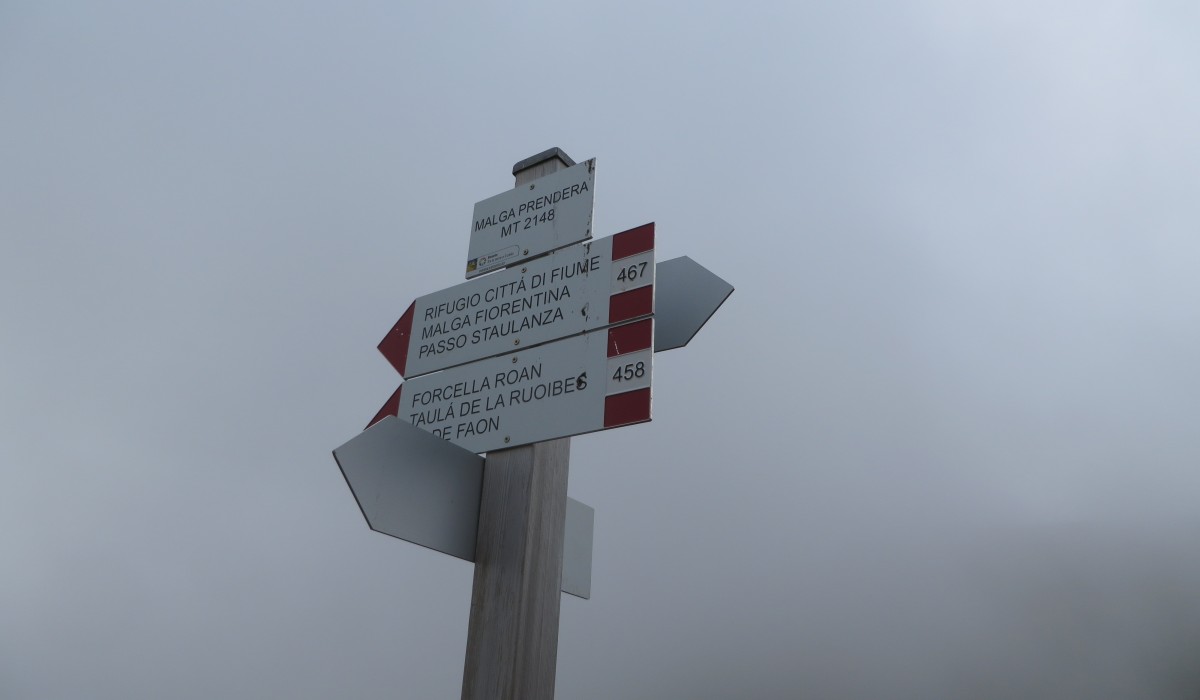









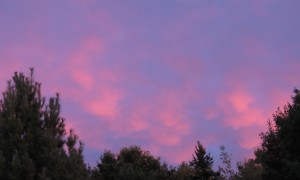
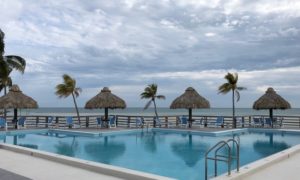
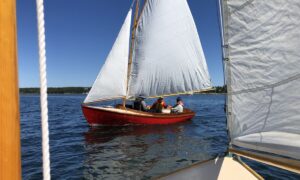
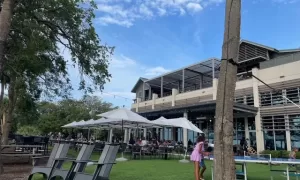
Comments
3 CommentsPeggy DePersia
Nov 11, 2014You have the hardiest adventures, Kate, and you describe them in such a linguistically beautiful way.
Margaret
Nov 11, 2014Loved reading about your trip, even though I’ve had the advantage of hearing a few of your stories “first hand”. Guess I will have to add the Dolomites to my ever-growing wish list.
marianne miller
Nov 11, 2014Enjoyed vicariously…not aware of the WWII info…Yah! MUD! Tx for taking the time to share photos and factoids